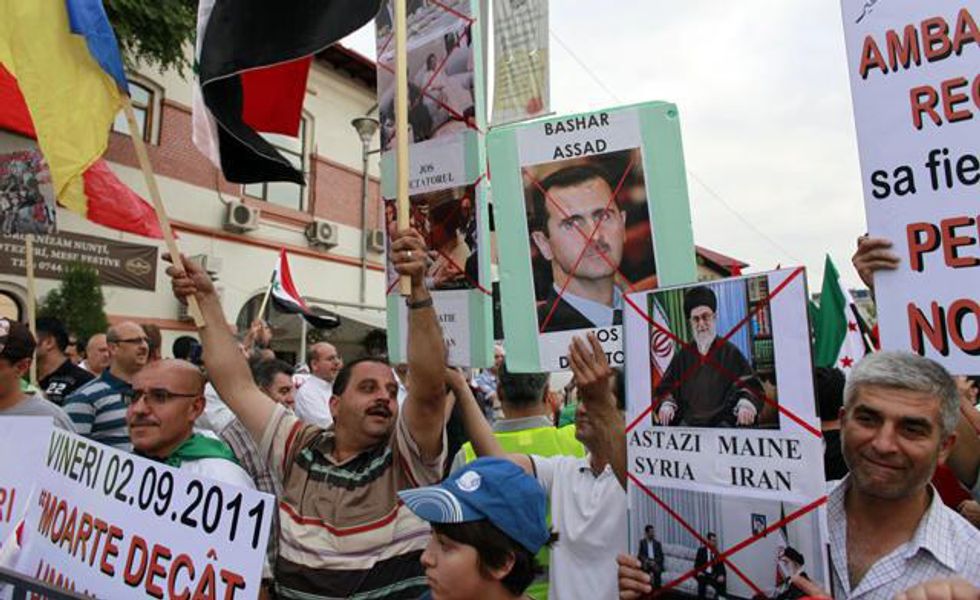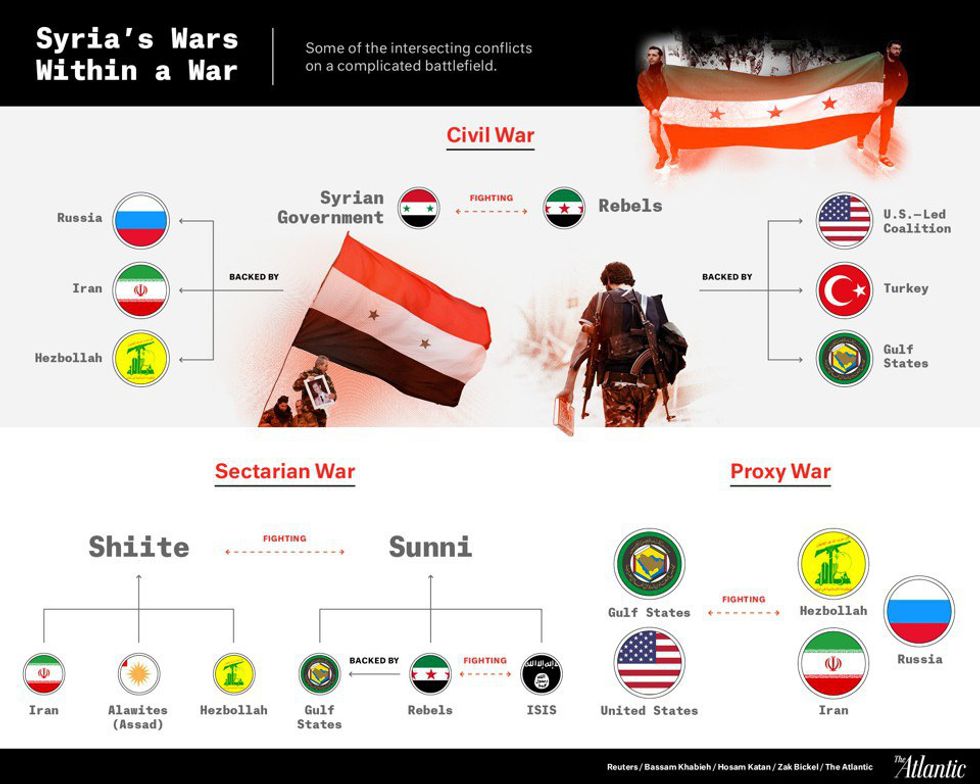Last week, United States ambassador to the United Nations Samantha Powers directed the Obama administrations favorite weapon, once again, towards Syrian President Bashar al-Assad, Russia, and Iran for their continual genocide of the Syrian people: shame. Powers, who literally wrote a book on inaction during genocide, said “Are you truly incapable of shame? Is there literally nothing that can shame you? Is there no act of barbarism against civilians, no execution of a child that gets under your skin?”.
While that sounds like ‘tough talk’, there is a consistent pattern of problems with this type of so-called persuasion: There is no ‘shaming’ these parties.
Is there anyone who really thinks that Assad, Vladimir Putin, and the Iranian regime are feeling ‘shamed’? Probably not, but President Obama and his continual strategy of “leading from behind” are the real shame in this story as the Syrian War’s death toll has risen to approximately 470,000 people (as of February 2016 according to the Syrian Centre for Policy Research).
With the Obama Administration handing this situation over to the hands of the Trump administration come January, here is a quick breakdown on exactly what, and who, is going on in this Syrian Civil War:
1. Origins and Players
During the Arab Spring, defined by Wikipedia as a “revolutionary wave of both violent and non-violent demonstrations, protests, riots, coups and civil wars in the Arab world” that took place from December 2010 to mid-year 2012, anti-government protests in Syria against the sitting Assad regime broke out in March of 2011 in the Syrian capital of Damascus.
Protestors had originally gathered to protest “democratic reforms, release of political prisoners, an increase in freedoms, abolition of the emergency law and an end to corruption”, but as violence rose among both protestors and the Assad regimes security forces, the protests grew to be a movement to overthrow Assad, whose family has held the presidency since 1971. Protestors eventually took to forming groups and arming themselves as well as including soldiers from the Assad regime who had defected, for reasons ranging from protecting the protestors to pure politics.
As the protests quickly grew from protests to an all-out civil war and geopolitical interests grew, other groups and countries have found themselves amidst the conflict. Here is a breakdown of all the groups/countries involved, from ClarionProject.org:
2. Okay, who's good and who's bad?
While a ‘good vs bad’ scenario may be the easiest to understand, after observing the diagram above, there is no clear ‘good vs bad’ scenario in this situation. While the original protests may have included good intentions and decent people who wanted positive and decent changes, the war has escalated to a point where major terrorist groups have engaged themselves in the mix.
With the Assad regime’s forces continuously crossing President Obama’s so-called “red line” and dropping chemical weapons on his own people as well as Russia, Iran, and Hezbollah forces assisting the genocidal Assad regime on one side, and the ‘rebels’ on the other side, which include Jabhat Al-Nusra, Al Qaeda’s official affiliate in Syria, Islamic Front, the slightly-more-moderate-than-ISIS jihad group, and ISIS themselves, the ‘good guy’ label has been hard to apply to either side.
While some may be quick to apply the ‘good guy’ label to the ‘rebels’ after watching with horror the footage of a destroyed Syrian country and people, and media attention mostly available only now in the last few months as a new administration gets ready to have the conflict dropped on their lap, the fact that multiple terrorist groups exist on both sides makes this situation much more cloudier than it may appear.
3. America’s role
Despite the United States continuing the failed strategy of arming and training the so-called ‘good guys’ by arming and training Syrian rebel forces (which include ISIS), America’s role in the conflict has been mostly nonexistent, which is exactly where most of the grievance comes from. While America is rightfully looked towards for world leadership during such problems, the Obama administrations strategy of “leading from behind” has led to this non-resolution and genocidal appeasement of the Assad regime and its allies, which include Iran.
Part of the reason the US has been so reluctant to engage in military action is due to the existence of an Iranian force on the other side, which the Obama administration feels brings huge conflict of interest when it comes to the disastrous Iran Deal. Despite Iran’s countless violations towards the apparently non-existent deal, the administration has been quick not to apply any pressure towards these evil regimes short of “shaming” them in an apparent effort to maintain the optical illusion that the Iran Deal was a success. While President Obama continues to polish his non-existent legacy, Iran continues to build upon their nuclear stockpile while simultaneously hogtying the hands of the United States, threatening to undo the already undone deal while ensuring the United States stays away from the Syrian conflict.
Last month, the House of Representatives passed a 10-year extension on the Iran Sanctions Act with an overwhelming 419-1 vote for the sanctions as well a measure to place "new sanctions on anyone, no matter how powerful, who provides any sort of support to Bashar al-Assad’s genocidal regime.” This war is a complex one, but it is one that has become so partly because of inaction at the outset. All eyes will be on the the incoming Trump administration as they begin analyze the situation and decide how best to deal with this crisis.






















